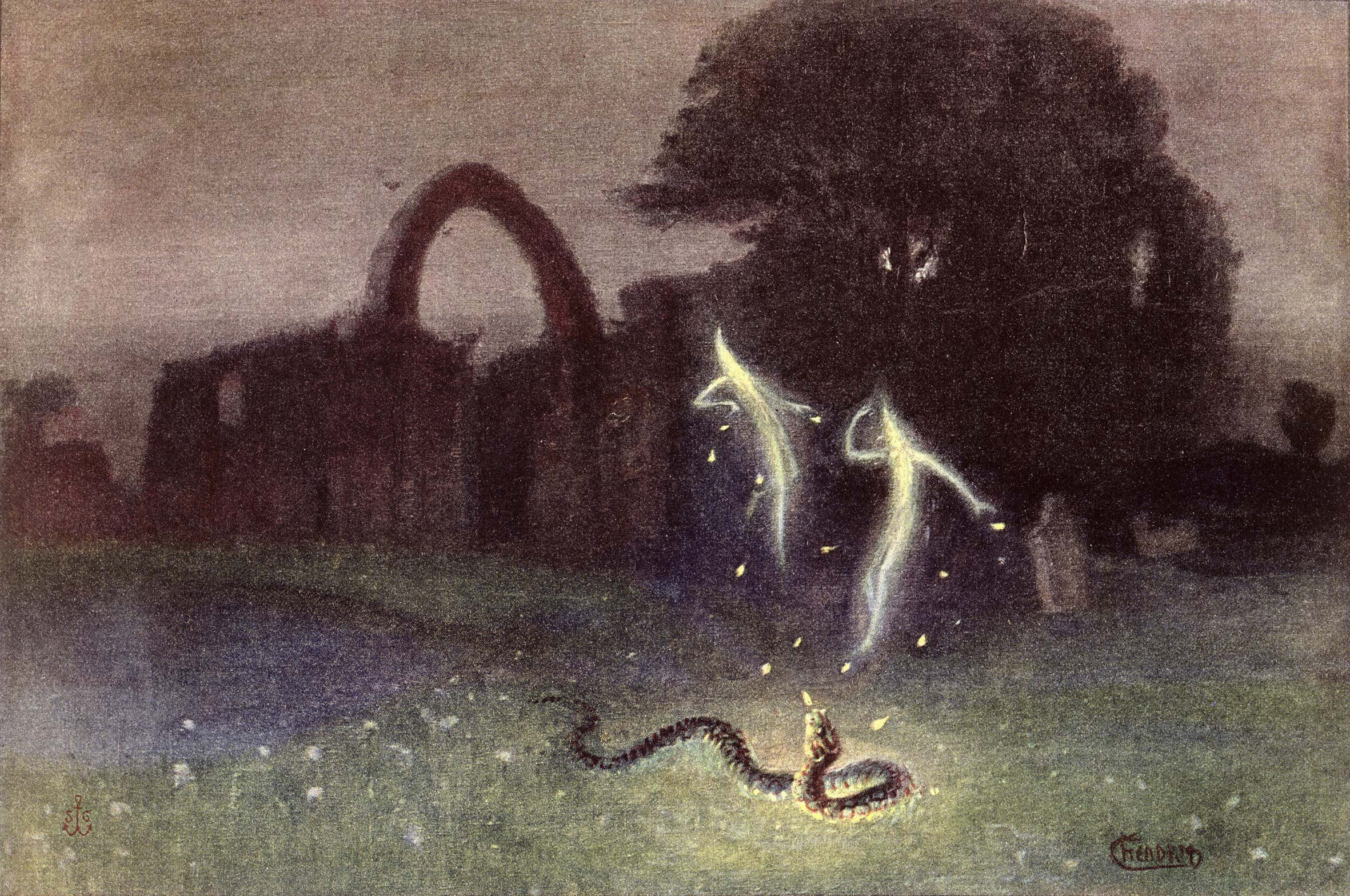This is a continuation of my super popular list
10 Mythical Things That Actually Existed
6 Monster Boars
Artemis, Olympian goddess of the hunt, let loose two monstrous boars on the Greeks: The
Erymanthian Boar was subdued by Hercules, the fourth of his twelve labors. The
Calydonian Boar was the focus of an epic hunt in which many of Greece’s finest heroes took part.
There did exist in human history a breed of “
terminator pigs” that could only be wrestled down by Earth’s greatest heroes. The largest among them was the
Daeodon, which translated from the original Greek means “destructive teeth.” An average man would only stand as tall as its shoulder, and it measured 12 feet (3.6 meters) long.
5 Glow-in-the-Dark Mushrooms
Glowing mushrooms appear in novels, television shows, movies and video games, but they’re more than just a shared idea.
They’re real.
There are over 70 known species of
glow-in-the-dark mushrooms. The brightest,
neonothopanus gardneri, was only recently rediscovered in Brazil. Exactly why they glow is unknown, but it is believed the light attracts nocturnal animals that help spread spores. Or it could be to scare off predators much in the same way a colorful animal lets you know it is
poisonous.
4 King Kong
The real eighth wonder of the world wasn’t as tall as his on-screen counterpart, but at 10 feet (3 meters) tall and weighing 1,200 pounds (544 kilograms), and with proportionate gorilla strength, it’s not a stretch to assume he could pick up a skinny blonde actress in one hand. His species is known scientifically by the genus Gigantopithecus. They lived in China and Southeast Asia up until some
300,000 years ago. Coincidentally, the fictional
Skull Island is also located in Southeast Asia off the coast of Sumatra in Indonesia.
3 Chocobos
Flightless birds that can be ridden like horses are a staple in the famous Final Fantasy series. The
chocobo’s appearance is based on the
diatryma, which at first was believed to be the top predator after the extinction of the dinosaurs, but a recent study concluded that they were in fact gentle herbivores much like the chocobos they would inspire.
But if the inspiration isn’t good enough, and you’d like to see a bird that lived alongside humans and could theoretically be ridden, look to the
elephant bird. It lived in Madagascar and weighed 880 pounds (400 kilograms)—about as much as a light riding horse. A single elephant bird egg was large enough to make
thirty omelets, which may have factored into humans hunting them to extinction 300 years ago.
Good news: There may be a real-life “phoenix down.” Scientists have discovered how to extract DNA from elephant bird eggshells, meaning they could soon be
resurrected.
2 Will-o'-the-wisp
Will-o’-the-wisps appear in books from Dracula to Harry Potter, and sightings of them have occurred all over the world. What exactly a wisp does and what it’s called varies by location, but some of the most well-known tales say that it is a malevolent spirit that leads travelers off safe paths and into
dangerous marshes. It recedes if it is approached, but draws closer if left behind. Some legends state that they mark the locations of mystical treasure.
Will-o’-the-wisps are actually a naturally occurring phenomenon known as
ignes fatuus, which is the spontaneous combustion of marsh gases that arise from stagnant water and decaying matter in swamps. The reason a wisp moves farther away as you attempt to get closer is because your footsteps disturb the marshes and prevent the gases from being released. Wisps are rarely seen today due to the destruction of marshlands.
1 Tolkien’s Eagles
In seems that whenever the characters in Lord of the Rings or the Hobbit get into an inescapable situation, the Eagles swoop in and carry them to safety. But these winged deus ex machina aren’t exclusive to Middle-Earth. Although we’re pretty sure the Haast’s Eagle didn’t talk, they were capable of lifting creatures
bigger than humans. It stalked the skies of New Zealand up until the year 1400, and its favorite meal was the moa, a bipedal bird that weighed up to 510 pounds (230 kilograms). If you doubt whether the Haast’s Eagle could lift such a beast, watch
this video of a present day eagle soaring with a goat in its clutches.
The Haast’s Eagle was 40% larger than the largest species of eagle living today. It had a wingspan of 10 feet (3 meters), and it is believed to have been so large that it approached the physical limits of flight. They died out when humans hunted their food source to
extinction.









